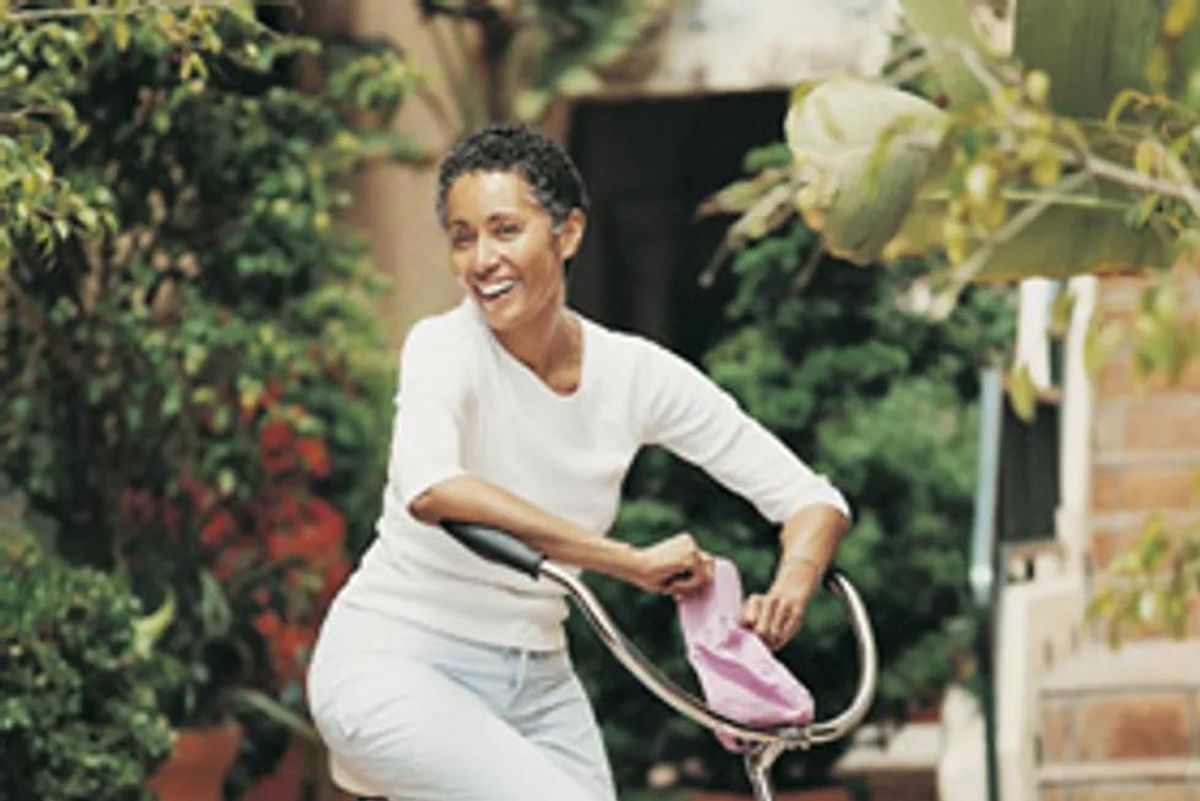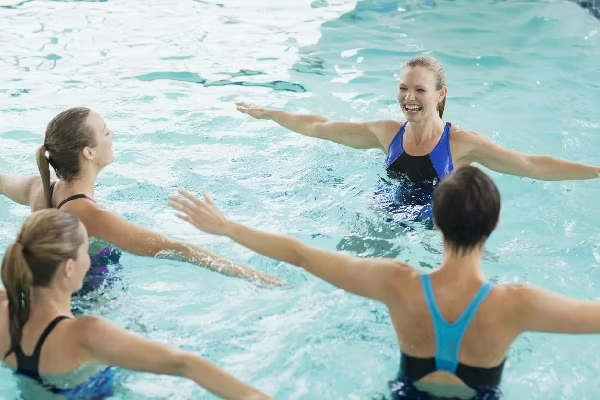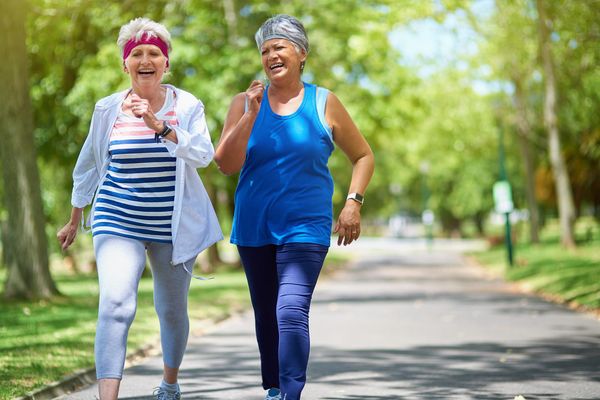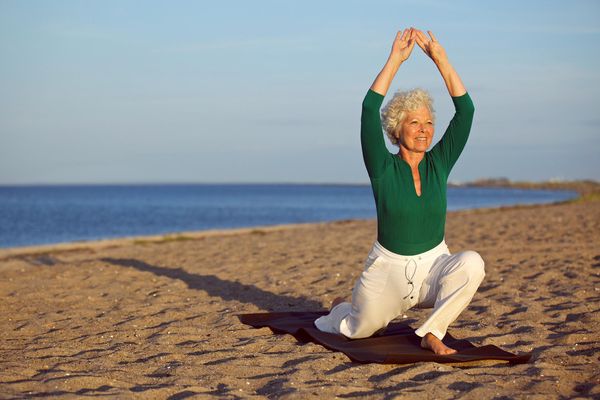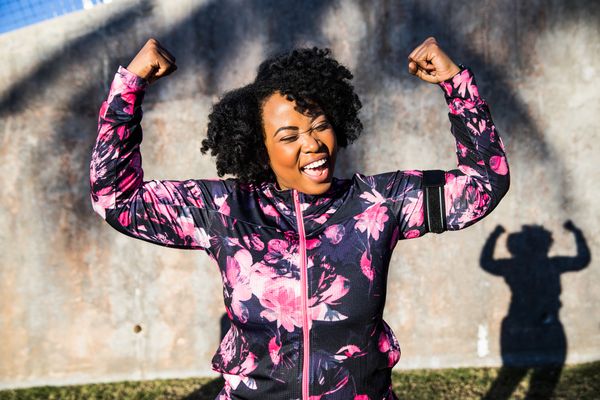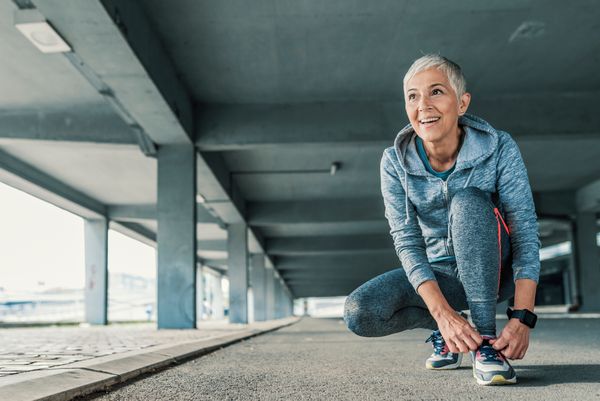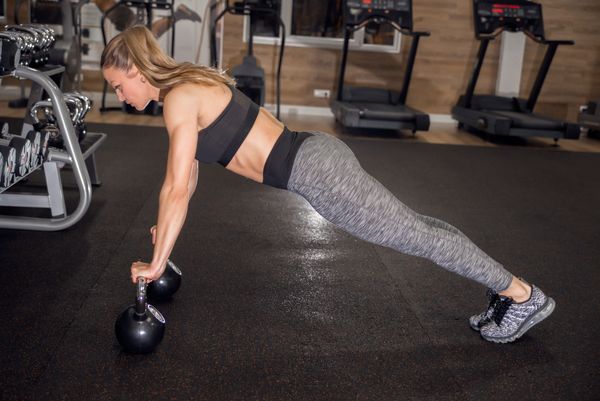As the new year arrived, Jennifer Batchelor knew what she needed to do: revive her exercise routine.
Boredom had caused her to stop jogging several months before. She wanted to find a physical activity that was easy to start and interesting enough to keep her going.
"I hopped on a bike because I thought it would be less of a challenge," says Jennifer, who is 25. She now gets her fitness dose while biking to and from work on the Miami Beach boardwalk, about two-and-a-half miles each way. She avoids street traffic because "being new to riding my bike, I don't have the coordination that a seasoned rider might have."
Jennifer is enthusiastic about her new activity. "It's great exercise and really relaxing," she says. Since beginning to bike, she has cut way back on the caffeinated coffee she used to drink at her desk to get the workday started. "I arrive at work and I'm amped already," she says. "Getting a little adrenaline going has curbed my need for coffee."
For Linda Fisher-Helton, starting to ride a bike last fall was a way to add fun to exercise. "Riding has so much more variety. It allows me to go more places," says the 53-year-old from Camarillo, California. She bikes after work and on weekends, taking short trips to local stores or the library.
Linda sees bike riding as a way to "offset some of the sedentary lifestyle I've developed" and fight creeping midlife weight gain. But what keeps her climbing back into the saddle are the emotional rewards.
Riding a bike "makes me feel like a kid, makes me laugh and makes me smile," Linda says. "Going downhill, I lift my feet up. It just lightens my life. I never worry about how far or how much I've done."
The right activity for almost everyone
Women often choose walking when they start a beginner exercise plan. That's good, but walking also can get dull, or be hard on bones, joints and backs. Many women don't realize that bike riding is an often better beginner exercise, one that provides benefits whether you ride indoors on a stationary bike or outside.
"Biking is generally what we put people on before they progress to other activities," says Stacy J. Ingraham, PhD, an exercise physiologist and kinesiology professor at the University of Minnesota in Minneapolis.
Because riding a bike is a non-weight-bearing activity, there's little to no stress on joints and muscles. That helps avoid the overuse injuries that are common when beginners, especially those carrying extra weight, start fitness programs and do too much, Dr. Ingraham says. "It's probably the most self-sufficient beginner activity that anybody can do without screwing up,"" she adds. "It's the first place I put sedentary people."
Bike riding is an aerobic activity that helps the cardiovascular system. It also keeps the heart rate generally lower than either walking or jogging, according to the American College of Sports Medicine. By keeping that heart demand lower, it's possible to exercise longer.
Being gentler on the heart made bike riding the right exercise for Rhonda Monroe of Charles Town, West Virginia. Rhonda suffered a heart attack when she was 36, underwent quadruple bypass surgery and continued to have cardiac problems—and surgeries—for the next several years. She tried using a treadmill to regain her strength, but walking made her back hurt.
Medication she needed to fight inflammation also caused weight gain. "My size four figure blossomed to a size 12," she says. Then, about six months ago, Rhonda tried out several bicycles in a local bike shop and left with a seafoam-colored one that was easy to ride. She also found a stationary exercise bike for free in the online classifieds (the bike's owner was moving) and uses that to ride indoors during bad weather.
Now, at 42, Rhonda rides for 30 minutes a day, five days a week, around her neighborhood. "It has strengthened my heart to almost normal," she says. "I look skinnier, too."
Getting ready to ride
From a physical standpoint, most of us can adapt easily to beginner level bike riding. Wear close-fitting clothes that won't get tangled in the chain or wheels and always wear a bike helmet when you ride outdoors. Most stationary and street bicycles are upright, but recumbent (semi-reclining) models of both types may help women with mobility problems, lower back pain or balance issues.
Christina Newport, RD, a wellness and performance specialist and nutritionist at the Meredith College Human Performance Laboratory in Raleigh, North Carolina, suggests warming up with 5 to 10 minutes of riding at an easy pace. "With a warm-up, you want to go pretty light," she says.
After that easy start, you can increase your speed a bit and ride at a comfortable pace for 10 minutes. On subsequent rides, if you feel ready, add 5 more minutes.
"When you're first starting out, get used to being in the saddle (the bike seat). Take time for your body to build up cardiovascular endurance," says Newport, who teaches cycling classes. "That's one of the biggest challenges to new riders," she adds.
Newport advises that you focus on working within your own body and limitations, and give your muscles time to get used to the new activity. "Your tush gets sore—that's normal," she says.
The most important physical preparations for riding involve your bicycle. "Get a bike that's comfortable and a seat that's comfortable," says Janis McDonald, program manager of Women on Bikes, a Portland, Oregon, city program that offers group rides and classes on bicycle maintenance. "It doesn't matter what shape you're in—if you're not comfortable on your bike, you're not going to ride it."
Many bike shops can help you check that your bike correctly fits your body. If your rear end hurts during or after riding, make sure your bike seat is adjusted correctly and not tilted up or down. Avoid narrow racing saddles. After a first week of riding in which "my butt was extremely sore," Jennifer Batchelor switched to a wider seat and now rides comfortably.
Also, keep your bike tires inflated correctly and the chain oiled to roll smoothly, says McDonald.
Gaining momentum
As you build strength and endurance on a bike, you can increase the physical challenge (and body benefits) by adding distance, time or hills. Indoors, on a stationary exercise bike, increasing the resistance setting intensifies your workout.
You can even make bike riding more weight-bearing—and gain some bone benefits—by alternately standing up for a minute while you pedal, then sitting down for several minutes of recovery, and repeating. The bone-strengthening effect of such interval riding "is not as substantial as with running," says Dr. Ingraham, "but it's certainly better than sitting down. The fact that you're weight-bearing is going to load more muscle, which should help bone integrity." Weight-bearing exercises are important for preserving bone strength.
To lose weight from bike riding, Dr. Ingraham adds, you probably will need to ride harder—something that beginners shouldn't tackle. "Bikes can get a little dangerous the faster you start going," she says. To achieve the equivalent exertion of a 30-minute run, she notes, you might have to pedal for 50 or 60 minutes on a bike. It takes time to build up to that level.
Rhonda Monroe measured her bicycling and health progress by her gradual success on riding up the hills in her neighborhood. "When I first got my outdoor bike, I couldn't make it up the hills. I had to walk the bike at least halfway."
Now, she says, "I can ride up every hill."
For tips on riding safely, go here.

